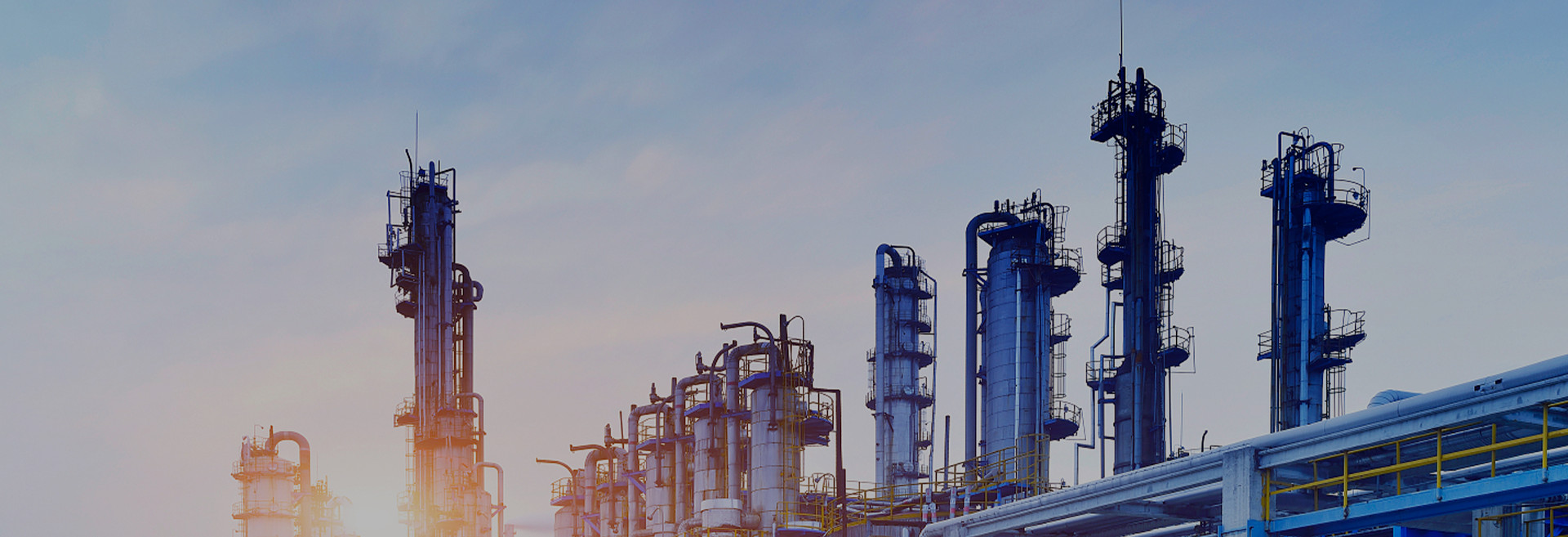The argon fluoride or ArF excimer laser relies on the unique properties of the ArF gas mixture to generate a precise 193 nanometer ultraviolet laser beam. Here is a closer look at the lasing process:
-
Gas Discharge – Applying a high-voltage electrical discharge to the ArF gas creates free electrons and argon ions.
-
Excimer Formation – The argon atoms and fluorine molecules bind to form excimer molecules in short-lived excited states.
-
Stimulated Emission – The excimers decay rapidly back to unbound atoms, releasing photons triggering more photon release.
-
Optical Cavity – The emitted UV light bounces between rear mirror and partial front mirror stimulating further light release.
-
Nanosecond Pulses – The non-equilibrium nature of the excimer reaction limits pulse duration to nanoseconds with megawatt peak power levels.
-
Beam Delivery – The output beam is focused and scanned over the target surface by precision optic components.
Through this process, the transient excimer state in argon fluoride gas can efficiently generate high-energy 193nm ultraviolet pulses for micro-machining applications requiring maximum precision.
Post time: Sep-12-2023

